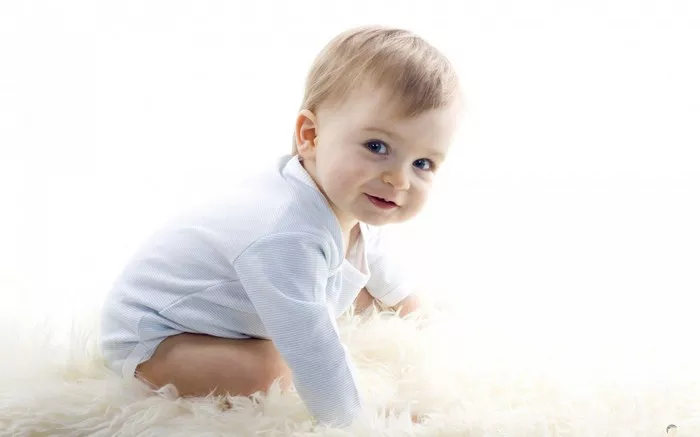The common cold, caused primarily by rhinoviruses, is a prevalent viral infection affecting millions of people globally each year. While a cold is often considered a minor illness, understanding the contagious stages is crucial for preventing its spread and managing public health. This article explores the various stages of a cold and sheds light on when an individual is most contagious.
I. Initial Exposure and Incubation Period (Days 1-3):
The first stage of a cold begins with exposure to the virus. The virus typically enters the body through the nose, eyes, or mouth, often after coming into contact with contaminated surfaces or respiratory droplets from an infected person. After exposure, there is an incubation period during which the virus multiplies in the upper respiratory tract.
During the initial days of the cold, symptoms are usually mild and may include a scratchy throat, sneezing, and nasal congestion. It’s important to note that individuals are not highly contagious during this stage, but preventive measures should still be taken to reduce the risk of transmission.
II. Peak Contagiousness (Days 2-4):
As the cold progresses, the viral load in the respiratory secretions increases, reaching its peak around the second to fourth day. This is the period when an individual is most contagious. Respiratory droplets containing the virus are expelled into the air through coughing and sneezing, making close contact with an infected person a significant risk factor for transmission.
Proper hygiene practices, such as frequent handwashing and the use of tissues or elbows to cover coughs and sneezes, become crucial during this stage. Infected individuals should also consider wearing masks to prevent the release of respiratory droplets into the environment.
III. Full Onset of Symptoms (Days 4-7):
Around the fourth to seventh day after exposure, the cold symptoms typically reach their peak. This is when individuals experience a combination of nasal congestion, coughing, sneezing, fatigue, and sometimes fever. While the severity of symptoms can vary from person to person, the risk of contagion remains high during this period.
Individuals with a cold should avoid close contact with others, especially vulnerable populations such as young children, the elderly, and those with weakened immune systems. Staying home from work or school is advisable to prevent the further spread of the virus in communal settings.
IV. Gradual Improvement and Reduced Contagiousness (Days 8-14):
After the peak of symptoms, individuals typically experience a gradual improvement in their condition. The viral load decreases, and the risk of transmission diminishes. However, it’s essential to remain cautious, as some individuals may continue to shed the virus even after feeling better.
During the recovery phase, practicing good respiratory hygiene and maintaining a clean environment is still important to minimize the risk of contaminating surfaces and spreading the virus to others. Individuals should continue to follow preventive measures until they are confident they are no longer contagious.
V. Post-Recovery Shedding (Days 14 and Beyond):
While most individuals cease to be contagious after the first week of symptoms, some may continue to shed the virus for an extended period. Studies have suggested that viral shedding can persist for up to two weeks or even longer in certain cases.
Individuals who have recently recovered from a cold should exercise caution and consider gradually returning to regular activities. It’s advisable to avoid close contact with vulnerable populations and practice ongoing hygiene measures to prevent the reintroduction of the virus into the community.
VI. Preventive Measures for Each Stage:
Understanding the contagious stages of a cold is crucial for implementing effective preventive measures. Throughout the various stages, individuals can take the following actions to reduce the risk of transmission:
Initial Exposure and Incubation Period:
Practice good hand hygiene by washing hands regularly with soap and water.
Avoid touching the face, especially the eyes, nose, and mouth.
Disinfect frequently-touched surfaces to minimize the risk of contamination.
Peak Contagiousness:
Wear masks to prevent the release of respiratory droplets.
Practice respiratory hygiene by covering coughs and sneezes with tissues or elbows.
Maintain physical distance from others, especially in crowded or enclosed spaces.
See Also:How To Support Your 6-Month-Old Through a Cold?
Full Onset of Symptoms:
Stay home from work or school to avoid spreading the virus to others.
Practice strict respiratory hygiene and dispose of used tissues properly.
Seek medical attention if symptoms worsen or persist.
Gradual Improvement and Reduced Contagiousness:
Continue practicing good respiratory hygiene.
Gradually resume regular activities while being mindful of close contact with others.
Stay vigilant and be aware of lingering symptoms.
Post-Recovery Shedding:
Exercise caution when interacting with vulnerable populations.
Continue practicing respiratory hygiene and handwashing.
Monitor for any resurgence of symptoms and seek medical advice if needed.
VII. Conclusion:
In conclusion, a comprehensive understanding of the contagious stages of a cold is crucial for effective prevention and control. By recognizing the key periods of heightened contagion and implementing appropriate preventive measures, individuals can contribute to reducing the spread of the virus in their communities. Public health awareness and education play a pivotal role in fostering a collective commitment to minimizing the impact of the common cold on society.
Related Topics:
How Long Does a Cold Last for an 8-Month-Old?
Is it Normal for a 2-Month-Old to Catch a Cold?
How Does a Cold Turn Into RSV?


